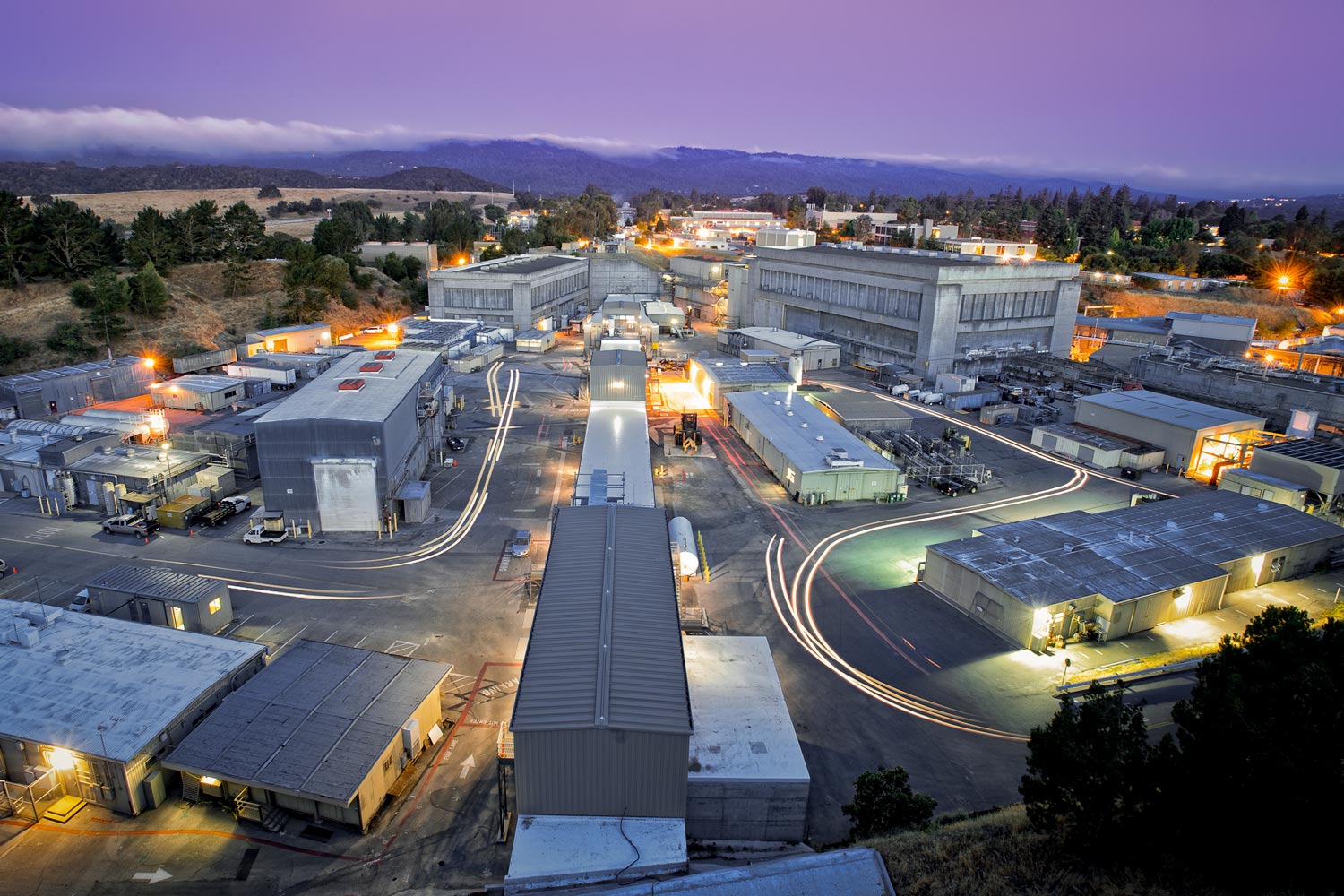Stanford University has received a five-year contract extension from the U.S. Department of Energy to manage and operate SLAC National Accelerator Laboratory. Stanford has operated SLAC – originally known as the Stanford Linear Accelerator Center – since its founding in 1962.

The SLAC National Accelerator Laboratory is home to a 2-mile-long linear accelerator, a synchrotron and one of the world’s most powerful X-ray lasers. (Image credit: Matthew Beardsley)
“We are proud to extend our long-standing commitment to operate SLAC National Accelerator Laboratory for the Department of Energy,” said Stanford President Marc Tessier-Lavigne. “Today more than ever, our growing partnership allows us to leverage the unique resources and expertise of both organizations to advance scientific discovery and develop next-generation research facilities.”
SLAC is one of 17 DOE National Laboratories that carry out research and provide user facilities for scientists nationwide. The long-term partnership between SLAC and Stanford includes four shared research institutes and centers and unique training opportunities for graduate students and postdoctoral researchers. The new contract covers the five years from Oct. 1, 2017, to Sept. 30, 2022.
Nationally recognized research
SLAC is located on Stanford land west of the university’s main campus. It is home to a 2-mile-long linear accelerator, a synchrotron and one of the world’s most powerful X-ray lasers, used for probing the structure of biological molecules and exploring molecular interactions at femtosecond speeds. The facilities host nearly 2,800 guest researchers from around the world each year.
More than 350 Stanford researchers make use of SLAC facilities each year to explore the origins of the universe, hunt for dark matter, develop materials for better batteries and probe protein structures and develop novel drugs, among other challenges. These kinds of collaborations between SLAC and Stanford scientists have led to four Nobel prizes in physics and chemistry (Read more about SLAC+Stanford Collaborations).
“Since 1962 SLAC has been an important partner for advancing scientific research at Stanford,” said Ann Arvin, vice provost and dean of research. “Recently we have been expanding opportunities for collaboration with new joint ventures and facilities that will lead to breakthroughs across physics, chemistry and biomedical research.”
SLAC is also leading construction of the largest digital camera ever built for astronomy – the Large Synoptic Survey Telescope, or LSST. When completed, the camera will be housed in a new mountaintop facility in Chile to address some of the most pressing questions about the structure and evolution of the universe and enhance our understanding of dark matter and dark energy.
DOE’s Office of Science is responsible for the stewardship of SLAC. The Office of Science is the largest supporter of basic research in the physical sciences in the United States and is working to address some of the most pressing challenges of our time.
Media Contacts
Lisa Lapin, University Communications: (650) 725-8396, lapin@stanford.edu